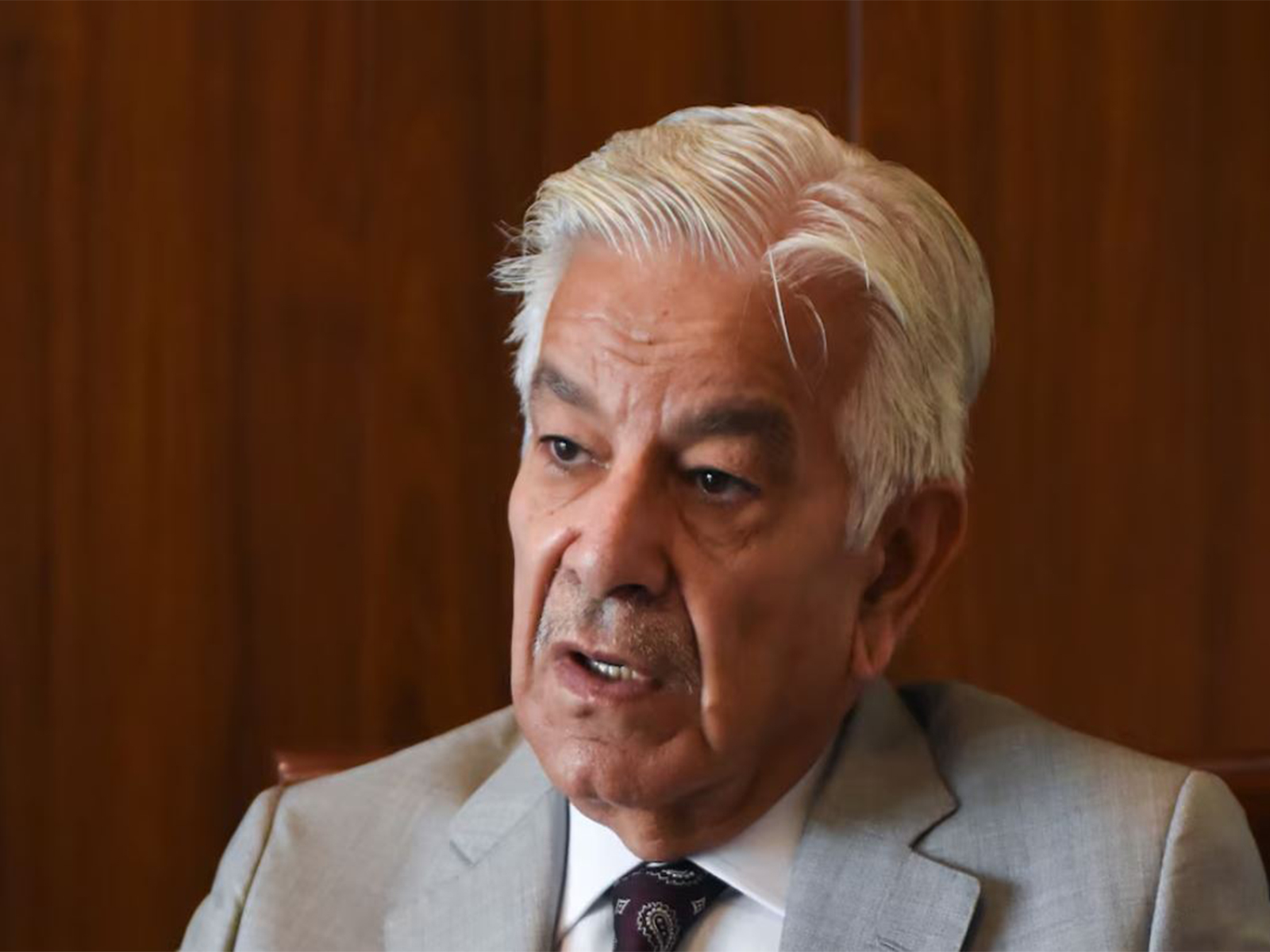- Turkey says Israel’s Gaza aid flotilla intervention is act of piracy Reuters
- Israel intercepts Freedom Flotilla Coalition vessels en route to Gaza Al Jazeera
- Israeli forces intercept new aid flotilla bound for Gaza BBC
- Turkiye slams Israel…
Note that Rubio hands Trump says Gaza deal is ‘very close’ and requests approval for a social media announcement
The Associated Press is reporting that the note Marco Rubio just handed Donald Trump appeared to say that a deal was “very close”,…



